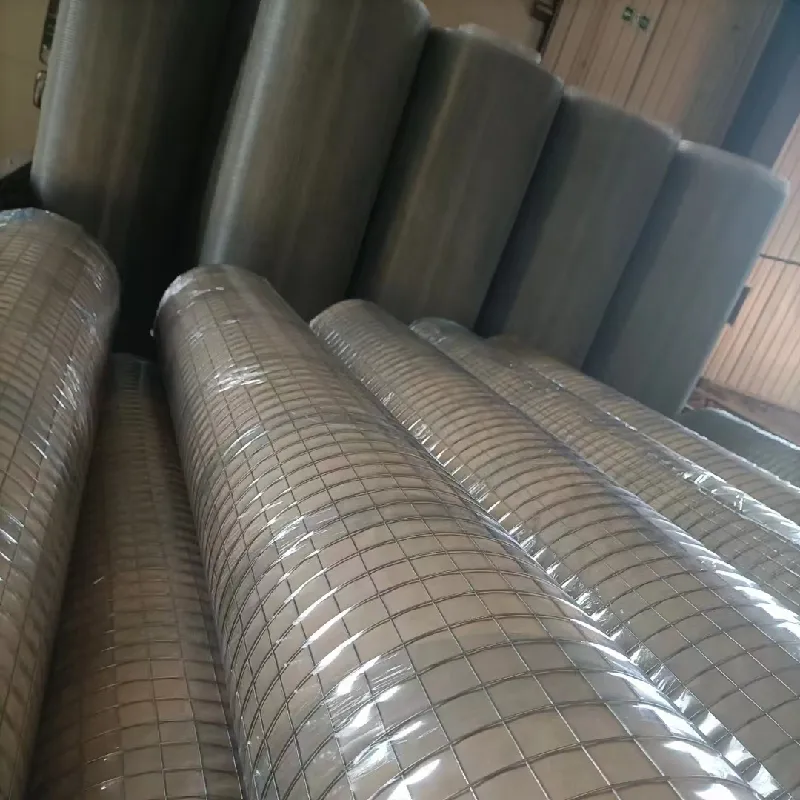-
 Afrikaans
Afrikaans -
 Albanian
Albanian -
 Amharic
Amharic -
 Arabic
Arabic -
 Armenian
Armenian -
 Azerbaijani
Azerbaijani -
 Basque
Basque -
 Belarusian
Belarusian -
 Bengali
Bengali -
 Bosnian
Bosnian -
 Bulgarian
Bulgarian -
 Catalan
Catalan -
 Cebuano
Cebuano -
 China
China -
 Corsican
Corsican -
 Croatian
Croatian -
 Czech
Czech -
 Danish
Danish -
 Dutch
Dutch -
 English
English -
 Esperanto
Esperanto -
 Estonian
Estonian -
 Finnish
Finnish -
 French
French -
 Frisian
Frisian -
 Galician
Galician -
 Georgian
Georgian -
 German
German -
 Greek
Greek -
 Gujarati
Gujarati -
 Haitian Creole
Haitian Creole -
 hausa
hausa -
 hawaiian
hawaiian -
 Hebrew
Hebrew -
 Hindi
Hindi -
 Miao
Miao -
 Hungarian
Hungarian -
 Icelandic
Icelandic -
 igbo
igbo -
 Indonesian
Indonesian -
 irish
irish -
 Italian
Italian -
 Japanese
Japanese -
 Javanese
Javanese -
 Kannada
Kannada -
 kazakh
kazakh -
 Khmer
Khmer -
 Rwandese
Rwandese -
 Korean
Korean -
 Kurdish
Kurdish -
 Kyrgyz
Kyrgyz -
 Lao
Lao -
 Latin
Latin -
 Latvian
Latvian -
 Lithuanian
Lithuanian -
 Luxembourgish
Luxembourgish -
 Macedonian
Macedonian -
 Malgashi
Malgashi -
 Malay
Malay -
 Malayalam
Malayalam -
 Maltese
Maltese -
 Maori
Maori -
 Marathi
Marathi -
 Mongolian
Mongolian -
 Myanmar
Myanmar -
 Nepali
Nepali -
 Norwegian
Norwegian -
 Norwegian
Norwegian -
 Occitan
Occitan -
 Pashto
Pashto -
 Persian
Persian -
 Polish
Polish -
 Portuguese
Portuguese -
 Punjabi
Punjabi -
 Romanian
Romanian -
 Russian
Russian -
 Samoan
Samoan -
 Scottish Gaelic
Scottish Gaelic -
 Serbian
Serbian -
 Sesotho
Sesotho -
 Shona
Shona -
 Sindhi
Sindhi -
 Sinhala
Sinhala -
 Slovak
Slovak -
 Slovenian
Slovenian -
 Somali
Somali -
 Spanish
Spanish -
 Sundanese
Sundanese -
 Swahili
Swahili -
 Swedish
Swedish -
 Tagalog
Tagalog -
 Tajik
Tajik -
 Tamil
Tamil -
 Tatar
Tatar -
 Telugu
Telugu -
 Thai
Thai -
 Turkish
Turkish -
 Turkmen
Turkmen -
 Ukrainian
Ukrainian -
 Urdu
Urdu -
 Uighur
Uighur -
 Uzbek
Uzbek -
 Vietnamese
Vietnamese -
 Welsh
Welsh -
 Bantu
Bantu -
 Yiddish
Yiddish -
 Yoruba
Yoruba -
 Zulu
Zulu
Innovative Solutions for Protecting Crops from Hail Damage and Ensuring Agricultural Sustainability
The Challenge of Hail and Anti-Hail Technologies
Hailstorms are one of the most destructive weather phenomena, capable of causing significant damage to crops, vehicles, buildings, and infrastructure. These ice pellets can vary dramatically in size, from small pea-sized bits to golf ball-sized formations, leading to varied degrees of injury and destruction. As climate change alters weather patterns, the frequency and intensity of hailstorms may increase, prompting the need for effective mitigation strategies. Thus, the development and implementation of anti-hail technologies have become a pressing topic of discussion in agricultural and environmental circles.
The Challenge of Hail and Anti-Hail Technologies
In addition to cloud seeding, physical barriers have been constructed in vulnerable areas, aiming to shield crops and properties from hail damage. These barriers often include netting systems or large canopy-like structures that provide a protective cover. While these solutions can be effective in localized areas, their high installation and maintenance costs present challenges for widespread adoption. Additionally, the maintenance of these structures requires consistent efforts, as weather conditions can lead to wear and tear over time.
anti hail

Another innovative approach involves the use of technology and data analytics to predict hailstorms and improve preparedness. Advanced meteorological models, combined with artificial intelligence, are being used to enhance forecasting accuracy. By accurately predicting when and where hail is likely to occur, farmers and property owners can take proactive measures, such as moving cattle to shelter or applying protective sprays to crops. The integration of smartphone apps and alert systems can further empower individuals to make informed decisions based on imminent weather threats.
Despite these advancements, several challenges remain in the realm of anti-hail technologies. Developing efficient and scalable solutions that can be deployed in various regions and under diverse climatic conditions is essential. Moreover, the environmental implications of certain techniques, such as cloud seeding, need thorough investigation to ensure that unintended consequences do not negate their benefits. Public perception and regulatory frameworks also play critical roles in determining the feasibility of implementing anti-hail measures.
In conclusion, as hailstorms become a more frequent concern due to changing climate patterns, exploring anti-hail technologies is of paramount importance. While cloud seeding, physical barriers, and predictive technologies present promising avenues for reducing hail damage, ongoing research and development are necessary to refine these approaches. Collaboration between scientists, meteorologists, agricultural experts, and policymakers will be crucial in forming effective strategies to manage hail-related risks and safeguard economic and environmental interests. Addressing this challenge not only protects agricultural productivity but also secures the livelihoods of those who depend on the land, fostering resilience in the face of an increasingly unpredictable climate.
-
Shipping Plastic Bags for Every NeedNewsJul.24,2025
-
Safety Netting: Your Shield in ConstructionNewsJul.24,2025
-
Plastic Mesh Netting for Everyday UseNewsJul.24,2025
-
Nylon Netting for Every UseNewsJul.24,2025
-
Mesh Breeder Box for Fish TanksNewsJul.24,2025
-
Expanded Steel Mesh Offers Durable VersatilityNewsJul.24,2025











